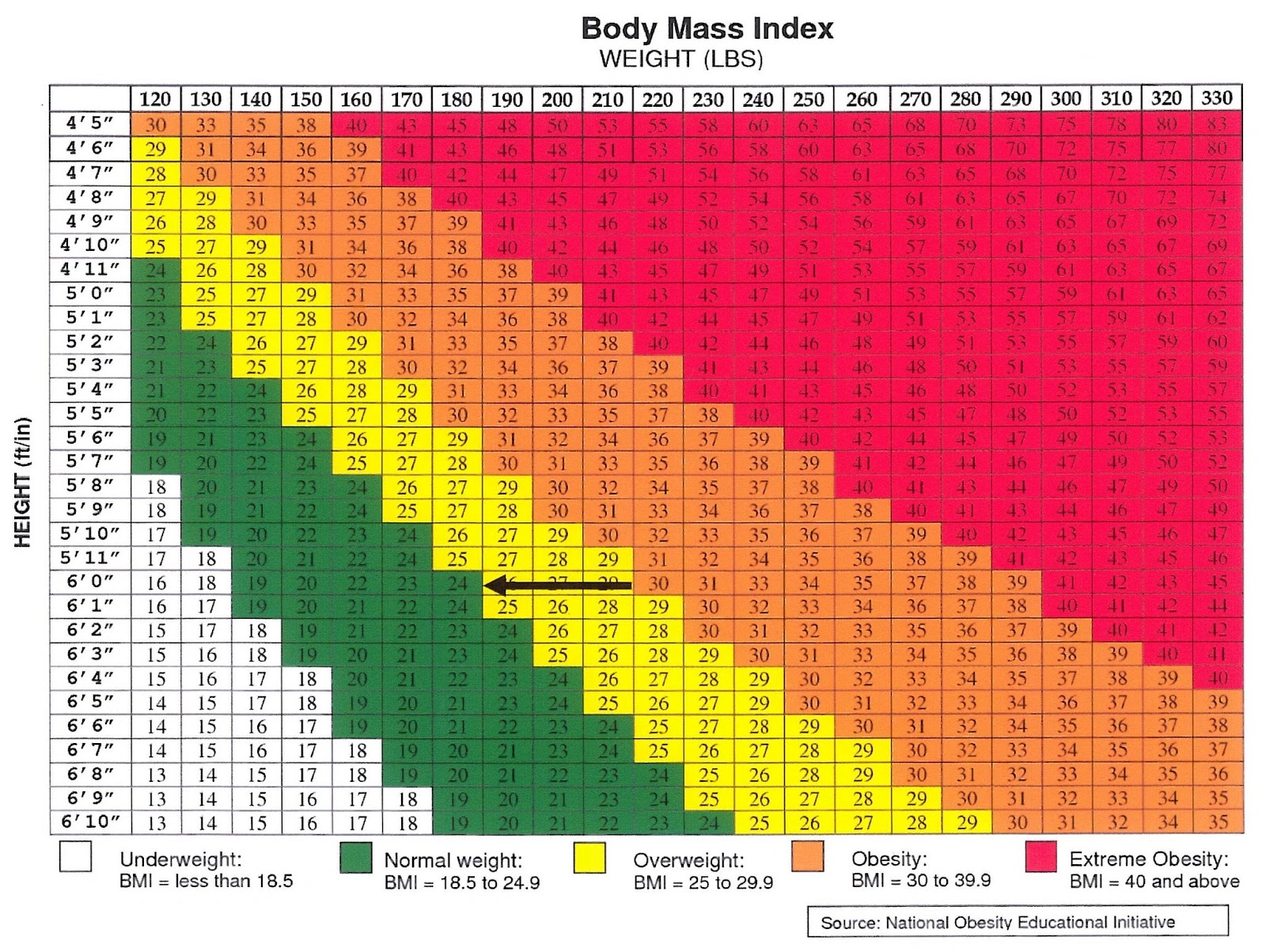What Is a Healthy BMI for Seniors and Why Does It Differ from Younger Adults?
A healthy BMI for seniors typically ranges from 23 to 30, slightly higher than the standard adult range. This adjustment accounts for age-related changes in body composition. Key points include:
- Seniors lose muscle mass and bone density, which lowers BMI without indicating poor health.
- A slightly higher BMI may protect against frailty and illness.
- BMI alone isn’t enough—consider fat distribution, overall fitness, and health conditions.
- Combine BMI with other tools like waist circumference and body fat percentage for better accuracy.
Understanding BMI for seniors helps promote healthier aging and informed weight management.
As we age, maintaining a healthy weight becomes increasingly important for both physical and mental well-being. For seniors, understanding body weight in relation to overall health can be more nuanced than it is for younger adults. A BMI calculator can serve as a helpful tool in assessing whether someone falls within a healthy weight range. However, it’s important to understand how BMI applies to older adults and to consider additional factors affecting their health.
This article explores the role of BMI in assessing health for seniors and the unique weight guidelines for older adults. You’ll also learn how to make informed decisions about maintaining a healthy weight in later life.

What Is BMI?
BMI, or Body Mass Index, is a tool used to measure body fat based on a person’s weight in relation to their height. It is calculated using the following formula:
BMI = weight (kg) ÷ height² (m²)
Alternatively, for those using pounds and inches:
BMI = [weight (lbs) ÷ height² (in²)] × 703
After calculating BMI, the result is categorized into the following ranges:
- Underweight: BMI less than 18.5
- Normal weight: BMI between 18.5 and 24.9
- Overweight: BMI between 25 and 29.9
- Obese: BMI 30 or higher
While BMI is a quick and easy way to estimate body fat, it has limitations, particularly for older adults. Let’s take a closer look at how BMI guidelines differ for seniors.
Weight
Height
Age

BMI Guidelines for Older Adults
For adults over 65, BMI guidelines may need to be adjusted to reflect the natural changes in body composition that occur with aging. Seniors tend to lose muscle mass and bone density over time, which can affect overall weight and BMI calculations. Furthermore, carrying slightly more weight may actually be beneficial for older adults.
Experts generally recommend the following BMI ranges for seniors:
- Healthy BMI for Seniors: 23 – 30 (slightly higher than the standard range)
- Underweight for Seniors: BMI below 23
- Obesity in Seniors: BMI above 30, though you should assess it alongside other health factors
Research suggests that for seniors, a BMI between 23 and 30 may be associated with a lower risk of mortality compared to those in the traditional “normal” BMI range of 18.5 to 24.9. This highlights the importance of tailoring weight guidelines to the unique needs of older adults.

Why Does BMI Differ for Seniors?
Several factors contribute to the adjusted BMI ranges for older adults:
- Loss of Muscle Mass: As part of the natural aging process, seniors tend to lose muscle mass. This can lower their overall weight and BMI. However, this doesn’t necessarily mean they are underweight or unhealthy.
- Higher Fat Percentage: Even if weight remains stable, older adults may experience an increase in body fat and a decrease in lean tissue, which alters their overall body composition.
- Bone Density Changes: Aging is associated with reduced bone density, which can result in weight loss and a lower BMI.
- 4. Protective Fat Cushion: Carrying a slightly higher body weight may protect against frailty and provide energy reserves in case of illness or injury. This is why a BMI closer to 30 might not be as problematic for seniors as it is for younger individuals.

Limitations of BMI for Seniors
While BMI is a useful starting point for assessing weight, it does not account for important factors such as muscle mass, bone density, or fat distribution. For seniors, these limitations are particularly significant:
- Muscle vs. Fat: A healthy, active senior may have a higher BMI due to muscle mass, while someone with less muscle and more fat could have a “normal” BMI but face greater health risks.
- Fat Distribution: Excess fat around the abdomen, even with a normal BMI, can increase the risk of chronic conditions like heart disease and diabetes.
- Health Conditions: Chronic illnesses, medications, or mobility issues may affect weight and BMI. So it’s essential to consider overall health rather than relying solely on BMI.
For these reasons, you should use BMI alongside other health assessments, such as waist circumference, body fat percentage, and overall fitness level.
Tips for Maintaining a Healthy Weight as a Senior
Maintaining a healthy weight as a senior involves a combination of balanced nutrition, regular physical activity, and proper medical care. Here are some practical tips:
- Focus on Nutrient-Dense Foods: Prioritize fruits, vegetables, whole grains, lean proteins, and healthy fats to ensure adequate nutrition without excessive calories.
- Stay Physically Active: Engage in low-impact exercises like walking based on your BMI, swimming, or yoga to maintain muscle strength, flexibility, and cardiovascular health.
- Monitor Portion Sizes: As metabolism slows with age, it’s important to avoid overeating while still getting enough energy to support daily activities.
- Stay Hydrated: Proper hydration is essential for overall health. It can help prevent overeating, since many people mistake thirst for hunger.
- Consult a Doctor or Dietitian: Seek professional guidance to create a personalized weight management plan based on your unique needs and health conditions.

When to Seek Medical Advice
If you’re a senior or caring for an older adult and are concerned about weight, consult with a healthcare provider. A doctor can help assess whether weight changes are due to aging, medical conditions, or other factors. They may also recommend tests to check bone density, muscle mass, and overall health.
Final Thoughts
A BMI calculator can be a helpful tool for seniors to assess whether they fall within a healthy weight range. However, BMI should not be the sole measure of health, particularly for older adults. You should also consider factors such as muscle mass, fat distribution, and overall fitness. A healthy BMI for seniors typically ranges from 23 to 30, reflecting the natural changes in body composition that occur with aging.
By focusing on balanced nutrition, staying active, and seeking medical advice when needed, seniors can maintain a healthy weight and improve their quality of life. Remember, health is not just about numbers—it’s about feeling your best and staying active in the years to come.
References







